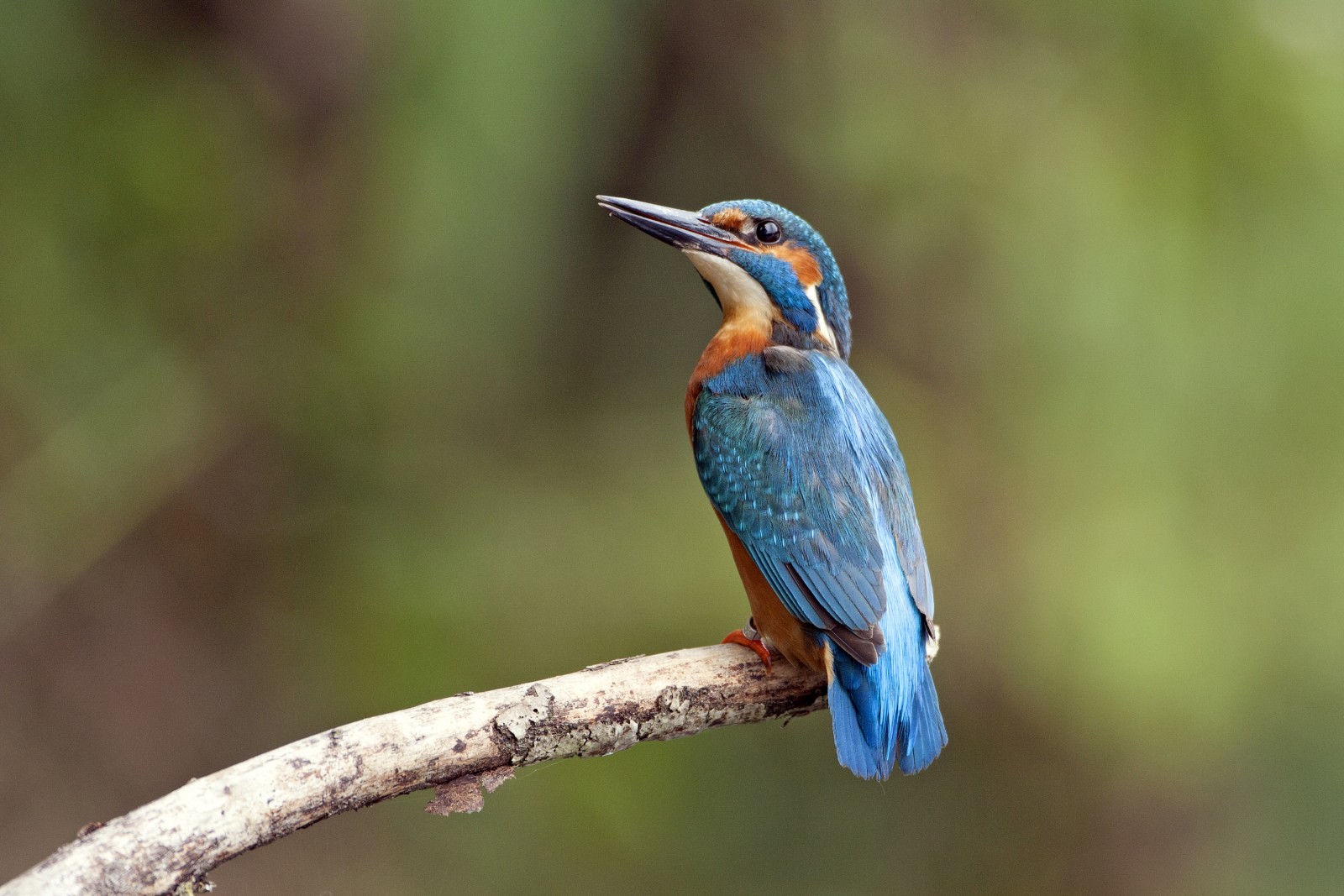Opis
The Oosterschar is a low moor with reed beds, grasslands, marsh forest and open areas of water. It consists of reed and marsh with a lot of birch and alder. There is a shallow pool at the bird hide. Commonly seen species are: rybitwa czarna, bąk, warzęcha, rybołów, bielik and błotniak stawowy and many gęgawa. In the trees and shrubs there are czyż, makolągwa, gil and dzięciołek.
_________________________
Nederlands: Het Oosterschar is een laagveenmoeras met rietlanden, graslanden, moerasbos en open stukken water. Het Oosterschar (Easterskar) bestaat uit riet en moeras met veel opslag van berk en els. Bij de kijkhut is een ondiepe plas. Veel gezien soorten zijn: rybitwa czarna bąk warzęcha rybołów bieliken błotniak stawowy en vele gęgawa . In de bomen en struiken komen voor czyż makolągwa gil dzięciołek.
Szczegóły
Dostęp
At the end of the dead end road is a parking lot en route to birdwatching hide De Skiere goes. Also information panel for a walk around the entire site.
_________________________
Nederlands: Aan het eind van de doodlopende weg is een parkeerterrein en route naar vogelkijkhut De Skiere goes. Tevens informatiepaneel voor rondwandeling door gehele terrein.
Teren i siedlisko
Las , Tereny podmokłe , Jezioro , BłotaWarunki
Płaski , BagiennyTrasa dookoła
TakCzy luneta będzie przydatna ?
Może być przydatnaUdany sezon obserwacyjny
Wiosna , JesieńNajlepszy czas na wizytę
Jesień , WiosnaTrasa
Szeroka ścieżka , Wąski szlakPoziom trudności szlaku pieszego
ŁatwyDostępne
Pieszo , Wózek inwalidzki , Samochód , RowerCzatownia/platforma obserwacyjna
TakDodatkowe informacje
Near the parking lot there is a wall made for brzegówka to breed in.
_________________________
Nederlands: In de buurt van het parkeerterrein is een oeverzwaluwwand gemaakt.

.jpg)
